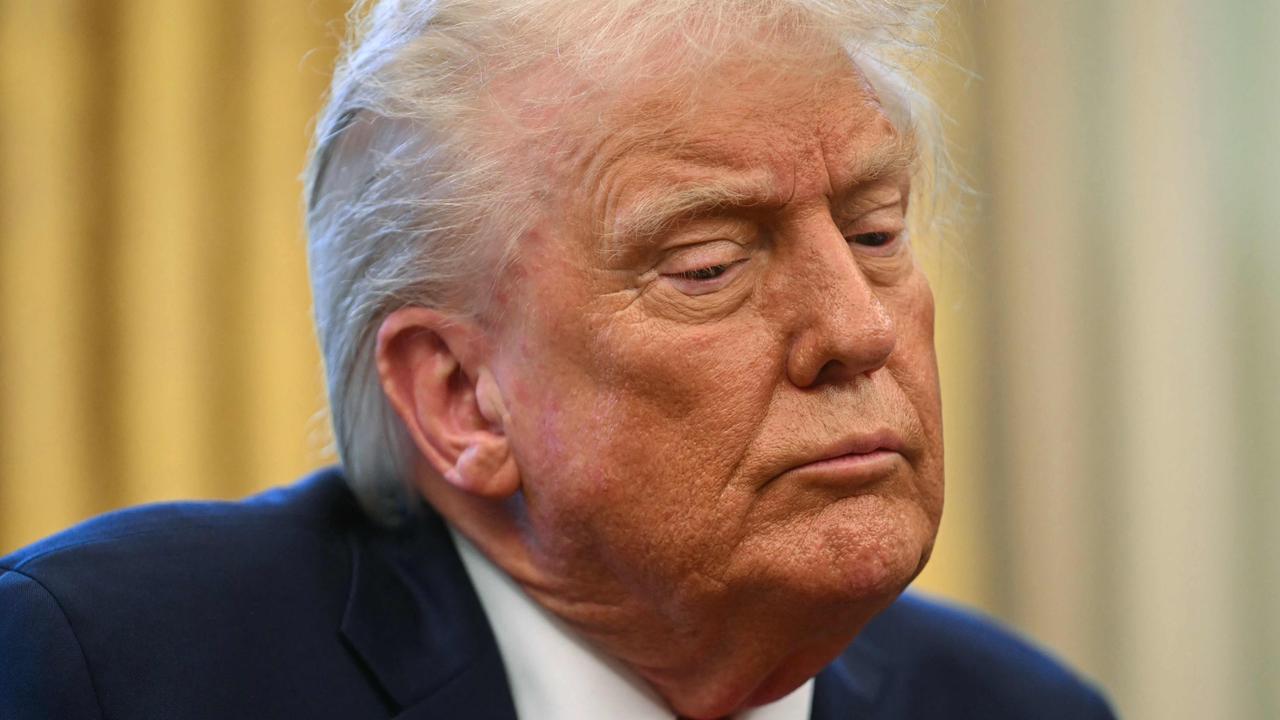Talking Point: Bulk-billing statistics a horror show
MARTYN GODDARD: digging into the figures and coming up with an uncomfortable reality.
Opinion
Don't miss out on the headlines from Opinion. Followed categories will be added to My News.
HOBART has the worst GP bulk billing rates of any state capital. Launceston has worse rates than any other regional city or town.
The figures for each federal electorate were released in the last Senate Estimates process. Normally, such specific an localised data are not made available, restricting scrutiny to broadbrush statewide figures.
Even those overall figures are not good. Tasmania’s statewide figures for 2018-19 were the lowest of any state, with 74.6 per cent of GP services bulk-billed against a national average of 84.9 per cent.
Only the ACT was worse, with 60.8 per cent.
But these electorate figures provide an unpleasant surprise. Clark, covering central Hobart, only 71.4 per cent of GP services were bulk-billed. In Franklin it was 71.7 per cent.
Launceston fared even less well. In Bass, GP bulk-billing languished at 68.7 per cent.
Interestingly, Lyons was higher with 79.8 per cent and Braddon better still, with 87.6 per cent — well above the national average.
For most Tasmanians, though, turning the pages of these lists of figures reveals less encouraging news.
A more meaningful statistic than the crude bulk-billing rate is the proportion of patients who are always bulk-billed, They’re the only ones for whom Medicare is working as it should, and there are too few of them.
These figures are 40 per cent in Launceston and about 46 per cent in Hobart.
Nor is it the case that Tasmanian GPs are bulk-billing less but imposing lower out-of-pocket costs. The average amount paid by Hobart and Launceston patients is well above the national average.
So what’s going on? None of the obvious explanations seem to apply.
A five-year freeze to Medicare rebates has only recently been lifted.
Although indexation has resumed, it is from a much lower base, locking in low and inadequate rebates for the foreseeable future and hitting doctors’ revenues. But the rebate freeze affects the whole country, not just Hobart and Launceston.
There is a shortage of GPs in many places other than in Tasmania. Property costs, receptionist wages and utility bills have gone up everywhere.
The most likely answer is the growth of two very different models of corporatisation.
Corporate primary care companies, which make most of their money from pathology and can therefore afford to bulk-bill in their GP practices, are not present in Tasmania.
Doctors in these corporate practices are under pressure to order an awful lot of tests and scans.
These are also bulk-billed but because pathology is now so highly automated, it can yield large profits.
A very different form of corporatisation is taking place here.
GP practices in Hobart and Launceston are combining, without having the government-funded pathology cash-cow.
A typical pattern is for a large practice to buy a share in another, centralise its back-office functions, set up a slick booking website, and improve profitability. In the process, they abandon or massively reduce bulk-billing.
The inescapable conclusion is that significant numbers of Tasmanians have now been effectively deserted by their health systems — unable to afford to go to a GP or fill a prescription, and unable to rely on the last resort of public hospital emergency departments.
Martyn Goddard is a Hobart public policy analyst who specialises in health.


